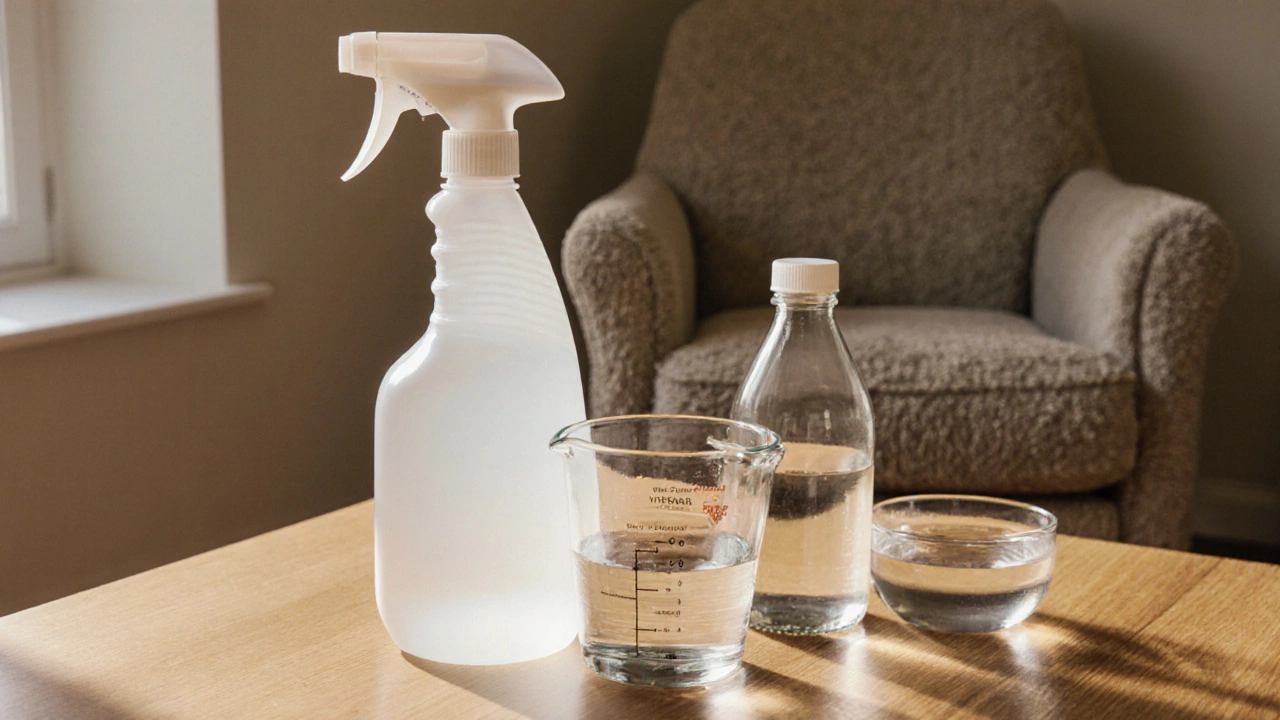Vinegar Upholstery Cleaning: A Practical DIY Guide
When working with Vinegar Upholstery Cleaning, a method that uses a diluted white vinegar solution to lift stains, deodorize and refresh upholstered pieces. Also known as vinegar sofa cleaning, it blends the cleaning power of mild acid with the softness needed for fabrics, making it a favorite for budget‑friendly, eco‑conscious households.
Understanding Upholstery Cleaning helps you see why vinegar fits so well. Upholstery cleaning covers everything from spot‑treating coffee spills on a couch to deep‑cleaning a whole sectional. The process typically involves testing, vacuuming, applying a cleaning agent, and rinsing or extracting moisture. By choosing a natural agent, you avoid harsh chemicals that can fade dyes or weaken fibers. This approach also supports a healthier indoor environment because you’re not introducing volatile organic compounds into living spaces.
Why Choose Vinegar for Upholstery?
Another key player is Vinegar Cleaning. White distilled vinegar is inexpensive, readily available, and biodegradable. Its acetic acid breaks down grime without stripping the protective finishes on fabric. When mixed with warm water at a typical 1:2 ratio, it creates a safe cleaning solution that can tackle food stains, pet odors, and mildew. Because the solution is mild, you can test it on an inconspicuous area and wait a few minutes; if the color holds, you’re good to go. The method also reduces the need for multiple specialty cleaners, streamlining your cleaning toolkit.
Putting these pieces together, vinegar upholstery cleaning follows a simple three‑step flow: (1) vacuum to remove loose debris, (2) spray the diluted vinegar mixture onto the stain and let it breathe for 5–10 minutes, and (3) blot with a clean microfiber cloth until the residue lifts. For larger areas, a handheld spray bottle works fine, but a soft-bristled brush can help dislodge stubborn dirt without damaging the weave. Afterward, let the upholstery air‑dry completely to avoid mildew. Many DIY enthusiasts add a few drops of essential oil to the mixture for a pleasant scent, but keep the additions light so the vinegar’s cleaning power stays dominant.
Now that you know the science, safety checks, and step‑by‑step routine, you’re ready to tackle the collection of articles below. They dive deeper into specific fabrics, stain types, and even alternatives when vinegar isn’t the best choice. Keep reading to expand your skill set and keep every sofa, armchair, and ottoman looking fresh without harsh chemicals.

Can I Clean Upholstery with Vinegar and Water? The Full DIY Guide
Learn how to safely clean upholstery using a simple vinegar‑and‑water mix, with step‑by‑step instructions, stain‑specific tweaks, safety tips, and when to call a pro.
Read More